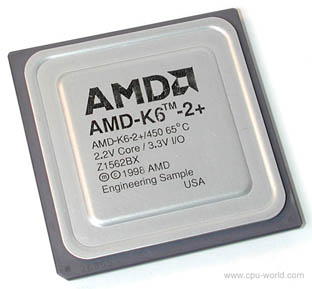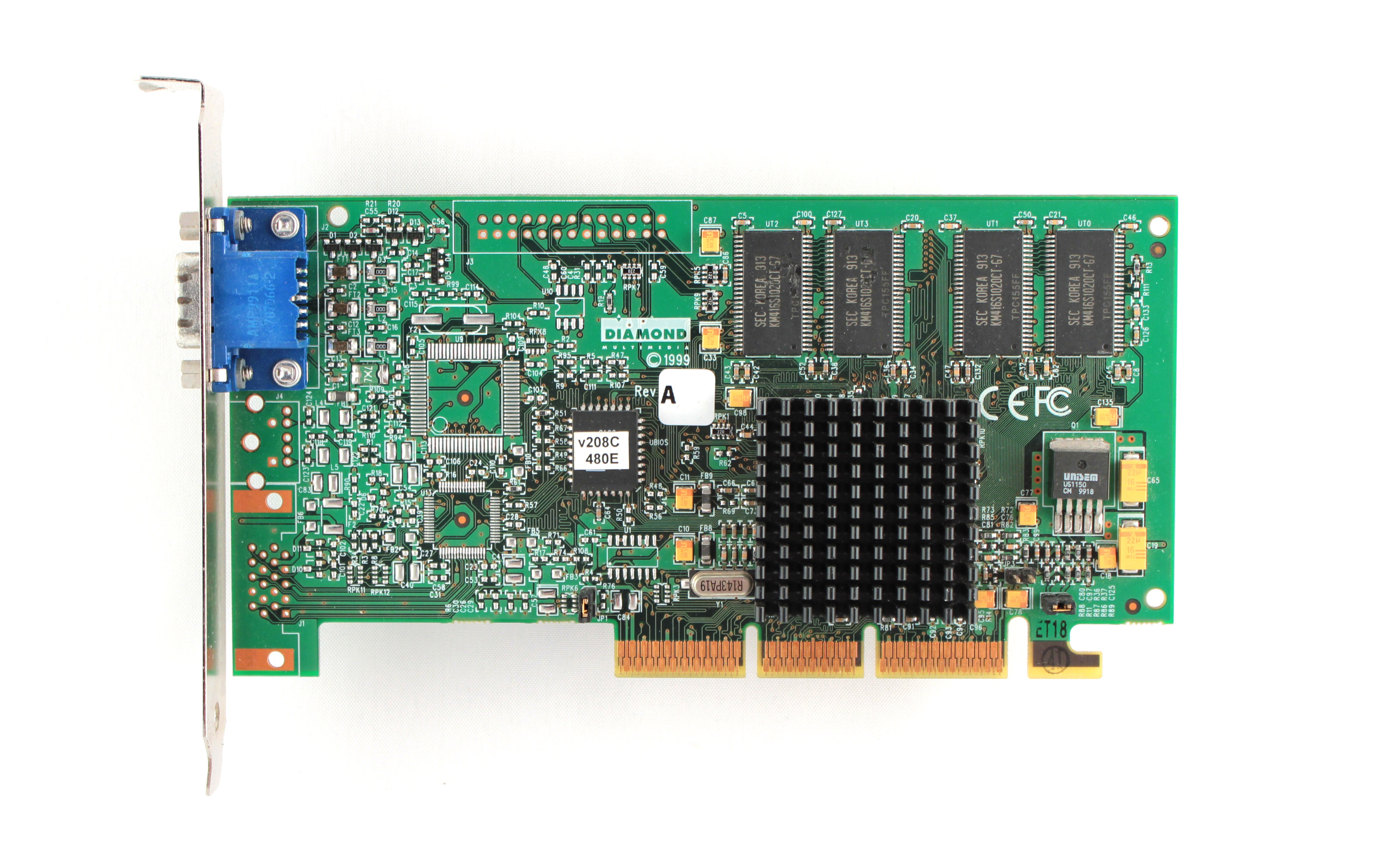 Typical PCs Each Year
Typical PCs Each Year
1999, the year we all went nuts over the Millennium Bug that could [or possibly not?] have caused major disruption to banks and computer systems around the globe. This was also the year Napster launched, Putin took over as Russian President from Yeltsin, and many of us witnessed a solar eclipse.
In the cinemas the new Star Wars trilogy began with The Phantom Menace, we got Toy Story 2 and Notting Hill, plus The Matrix. On the music scene we were introduced to Britney Spears with her debut single, "Baby One More Time", and Ricky Martin had us "Livin' La Vida Loca".
Of course we're now way past the hey day of DOS, but I decided to extend my exploration up to 2001 as many of the same companies were still dominant [and still are today] as the transition to Windows was complete.
CPUs
In early 1999, AMD were still competing against Intel using their line of Super Socket 7 K6-2 and K6-3 processors. Realising they needed more time before they would be able to launch their new Athlon architecture, they introduced the K6-2+ and K6-3+ CPUs. Because these ran on a new 0.18 micron manufacturing process, they ran cooler and more power-efficient than the K6-2 and K6-3 which used the larger 0.25 micron process. This meant the K6-3+ could run at up to 550 MHz (100 MHz faster than the standard K6-3). They also got a boost in L2 cache size (128 KB on the K6-2+ and 256 KB on the K6-3+), which meant better real-world performance. It was a stop-gap until June when the Athlon was ready to launch.

AMD's K6-2+ 450 MHz - the last line of CPUs to use the Super 7 platform
Graphics Cards
As the millenium came to a close, the war was still on, if only briefly, for 3D gaming hardware. S3 continued with their Savage 3D line with the release of the Savage 4, which featured multi-texturing, AGP 2x and 4x, a DVI port. Unfortunately for poor old S3, bad driver problems occurred again, and performance lagged behind the competition, although the S4 was released primarily for the more budget end of the market, with a price point to match. A 'Pro' version increased core clock from 125 MHz to 143 MHz, and a later 'Extreme' version further pushed the boundaries to 166 MHz! They also bought Diamond Multimedia, and through this the Savage 2000 was born. This card featured an amazing 12 million transistors on a 0.18 micron manufacturing process. The spec sheet included hardware transform & lighting, single-pass quad texture blending, 500 million pixels per second fill rate, a 128-bit memory bus, and overclockable memory. But yet again, poorly written drivers let the side down on otherwise brilliant hardware.

S3 Savage 4 Pro (1999)
The 3D graphics card war was pretty much over in the final months of the 20th century. 3dfx was gone (bought by STB Systems), as was Matrox, S3 (bought by Diamond Multimedia), and SiS. This part partly brought about due to a new round of motherboard chipsets that provided their own graphics subsystem architectures, including Intel's new 820 chipset which featured the new AGP 4x interface.
The only players still in the running were nVidia and ATI. nVidia released their TNT 2 and GeForce 256, and ATI still had their Rage 128 GL and Rage 128 Pro, a.k.a. Rage Fury.
3D Audio
1999 saw a big shift to sound cards that came with support for 3D positional audio. Microsoft's DirectSound3D had already been with us for a while, but the competition were hot in its heels. Aureal already had A3D 1.0 from 1997 and last year introduced its A3D 2.0 API with an engine that used geometry models to render how sounds are actually manifest in the real world. It also provided for occlusion effects which simulate how things sound when they move behind environmental barriers. Creative Labs had also introduced EAX the previous year with their first Sound Blaster Live! card that used the new EMU10K1 sound processor. Ultimately, Microsoft would win the battle for 3D audio as we would see DirectX (which included DirectSound3D) take over with continual enhancements that we enjoy even today. But in 1999, games developers were writing games to support one or more of these three APIs.
Full PCs
A top-end PC would be sporting a Pentium III-600 running its front side bus at 133 MHz, 128 MB of RAM and a nice 19" multisync monitor. As mentioned AGP 4x was now here, so something like a Matrox Millennium G400, ATI Rage Fury, nVidia RIVA TNT2 Ultra or a 3dfx Voodoo3 3500 would take up the new dedicated graphics bus slot.
Software and Games
On the gaming front, 1999 saw the launch of memorable first-person shooters such as Unreal Tournament and Quake III Arena, and System Shock 2, plus some great realtime strategy titles like Age of Empires II, Command & Conquer: Tiberian Sun and Sid Meier's Alpha Centauri. On the RPG side, we got the wonderful Baldur's Gate and Age of Wonders. Oh, and a little game called Grand Theft Auto 2.